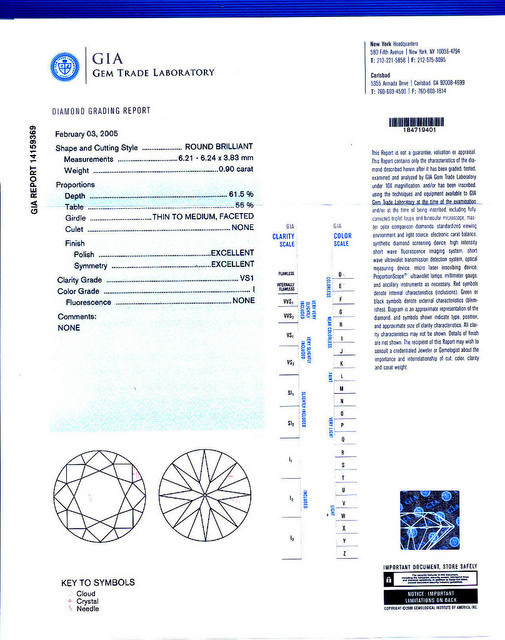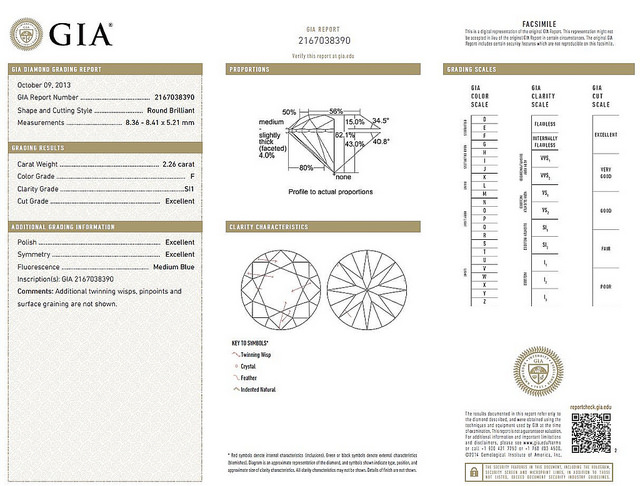DIAMOND CUT
Even with all the advances in cut grading which occurred over the past decade in GIA and AGS laboratories, of the 4C's the issue of cut quality still remains the greatest mystery to the consumer.
Today's consumer can come online to various websites, punch in a search for a given weight range, a specific clarity and color and pull up diamonds that vary in value by over 20% and that even on the same website! Many of the issues relating to the subject of diamond cut, although they can most certainly be a combination of cut, clarity & color issues.
At the end of the day it is this one C of the 4C's which will ultimately determine the beauty of whatever diamond shape it is that you're considering. The most beautiful rounds, cushion cuts, princess cuts, oval brilliants, etc. in the world will stand in a class all their own when they are cut to achieve their highest optical potential and while GIA has contributed in-depth research to the subject of cut grading 57 facet rounds, it is this gemologists opinion that it's not conservative enough and there is no system for fancy shapes.
What we're going to do in this tutorial is introduce you to cut grading in a simple step by step fashion, getting into the more intricate details as we progress. Before we go into detail I thought we'd introduce you to GIA's online material as we have with the others.
Now that you've seen the elementary stuff regarding cut from GIA, I’m going to take you on a little journey into our world of cut grading. We’re going to start with extremely basic stuff and as we progress we’ll introduce you to the more detailed elements of optical grading.
Since GIA's inception in 1931 cut grading was never included on their diamond grading reports. They only had grades for color, clarity and listed the weight. When it came to cut quality information they would only list 6 aspects about the cut but never actually grade the cut that is until January 2006 when they introduced their official cut grading system.
Below is an example of a GIA Report prior to Jan of 2006.

The information given for cut was
- Depth %
- Table %
- Girdle Thickness
- Culet Size
- Polish
- Symmetry
In January of 2006 GIA introduced their first cut grading system which has included the additional criteria, but only for standard 57 faceted round brilliant cuts.
- A format cut grade (Excellent, Very Good, Good, Fair or Poor).
- Crown Angles
- Crown Height
- Pavilion Angles
- Pavilion Depth
- Lower half facet length
- Star facet Length
Inclusion of this information is extremely helpful to the gemologist, especially if he has a working knowledge of what "numbers" work and which don't when it comes to diamond optics and light performance. For those of you who aren't there's a much easier way which we are going to introduce you to.
Our Cut Tutorial will be broken down into the following chapters.
- The Basics
- The parts and facets of a diamond.
- Symmetry & Polish
- Proportions
- Diamond Brightness
- Diamond Fire
- Patterned Scintillation
- Sparkle Scintillation
- Light Leakage
- Painting & Digging
- Optical Symmetry
- The FireScope
- ASET
- The Sarin Machine
- The MegaScope
- The HCA (Holloway Cut Advisor)
- The Gem Advisor
- The AGS Performance Grading Software

While it isn't necessary to read ALL the chapters we have on cut to make a purchase we have these published to help our clients understand why we incorporate them into our buying decisions.
